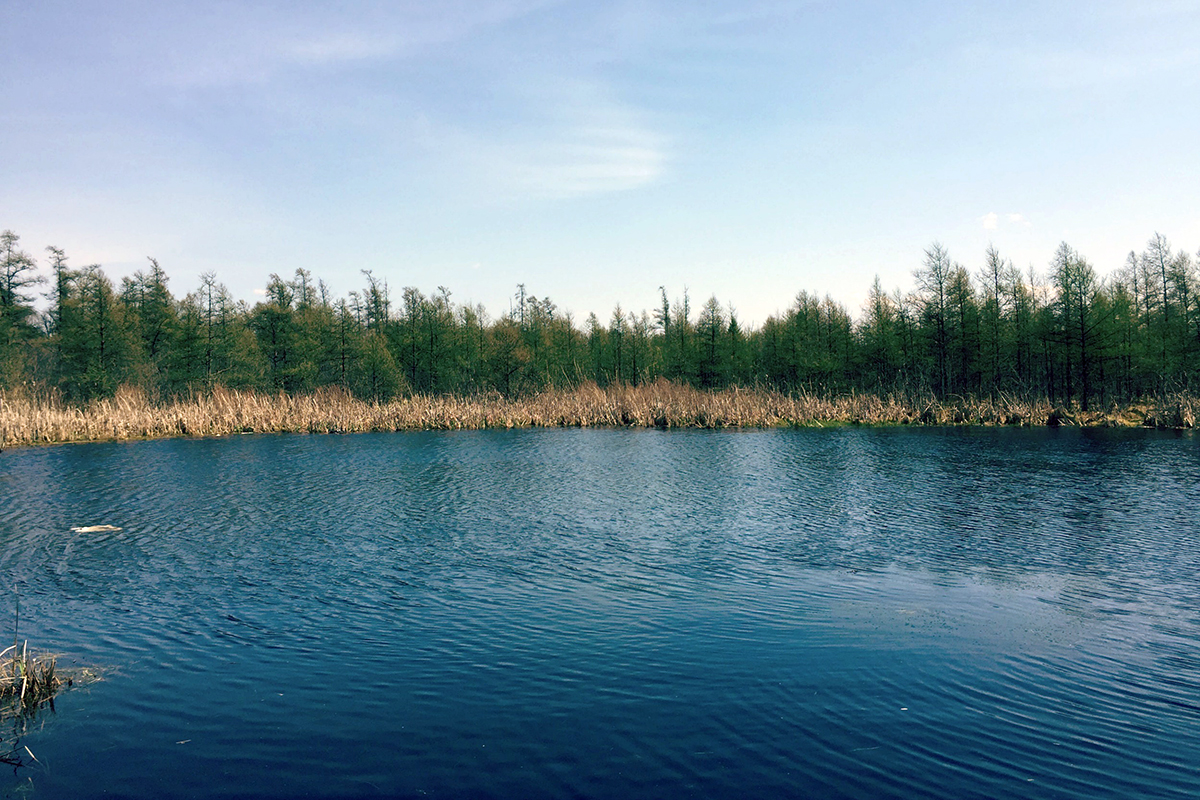
The lake is often the highlight of summertime fun. Kicking your shoes off and doing a cannonball off the pier is always a hit. It’s safe enough. Or is it?
The amoeba Naegleria fowleri is making a name for itself as cases of fatalities have been recently reported. It appears the original design of the species is to feed on the bacteria in the water. But it has found another feeding ground. The disease caused by the amoeba is called primary amebic meningoencephalitis (PAM). This brain-eating organism slips in through the nose, making its way to the brain. There it destroys brain matter which causes swelling and death, leaving its victims defenseless. Only in extremely rare cases has the infection been able to be eradicated. Prevention is the best option.
Fox News stated in recent reports that two teens had been infected with the amoeba last summer. One teen died from complications of PAM after being tossed overboard whitewater rafting in Charlotte, North Carolina. The family of the teen sued the recreation company for wrongful death after her passing. The other teen from Florida was saved after extreme medical actions were taken by a doctor who was told from a lab technician the amoeba was in the spinal fluid. The doctor had to lower the teens body temperature to 33 degrees and administer medication that attacked the amoeba. Since conditions of cold water are not conducive to the life of the amoeba inducing hypothermia stops the progression of the infection so it can be treated without getting worse.
How can I keep my children safe?
The amoeba lives in warm bodies of freshwater like lakes and rivers. It has also been found in natural hot springs. While swimming in these bodies of water wear nose protection; such as nose plugs, plugging your nose when jumping in water or goggles with the nose covered. It would be good to limit the amount of water activity or recreational sports in freshwater that can force water up the nasal passages. This could be done by falling off a raft, jumping off a pier or boat, or during “horse play” with friends. Avoid warm fresh water where the water level has been lowered significantly and the weather is extremely hot. The elevated water temperatures release the amoeba from its cyst casing, allowing it to cause infection if contracted. Try not to stir up sediment from the sand bed because it can be released into the water, where they may have laid harmless for long periods of time. Naegleria cannot be contracted by swallowing contaminated water. It is also not found in saltwater bodies, so there is no risk playing in oceans.
Who is at risk?
There is no one immune from Naegleria Fowleri. Although, all people in all walks of life are susceptible to the effects of the amoeba after infection, young boys are the most prone to getting it. This reason is contributed to the way they play in the water. They tend to romp around more and play water sports that can force the water up their noses. Young children who are just learning how to water play are at an increased risk because they do not know how to properly hold their head up or breathe in the water. People have been infected by cleansing with a neti pot. Those who ritualistically cleanse should be aware of the water source as well.
Look out for the warning signs of infection.
According to the Center for Disease Control symptoms can start mildly and then rapidly get worse. Not ignoring the milder early symptoms can save your life! The drug Miltefosine has been effective in some cases in treating the amoeba. The drug was originally used in treating breast cancer patients. Symptoms can begin anywhere from 1-9 days after infection, but typically start after 5 days. If you have severe headache, nausea, fever, or vomiting after swimming in warm fresh water you may want to seek medical advice. Late symptoms can be stiff neck, confusion, lack of attention to people and surroundings, loss of balance, seizures, and hallucinations. In these later stages it may be too late. The CDC says that out of 143 known cases of Naegleria Fowleri infection in the United States 139 of them resulted in fatalities over the past 54 years.
Do you have to avoid freshwater this summer?
No! Many fresh water bodies, including well water and some pools, are said to have the amoeba present but it rarely leads to infection. Since the amoeba likes to be in warmer climates lakes or rivers that have industrial or power plant runoff are particularly favored grounds. They can live in the warm piping of industrial plants and then get flushed out as they are used. Choose bodies of water free of these industrial plants to minimize risk and increase worry-free play. So, take the proper precautions and keep the lake as a summertime staple for family fun.
